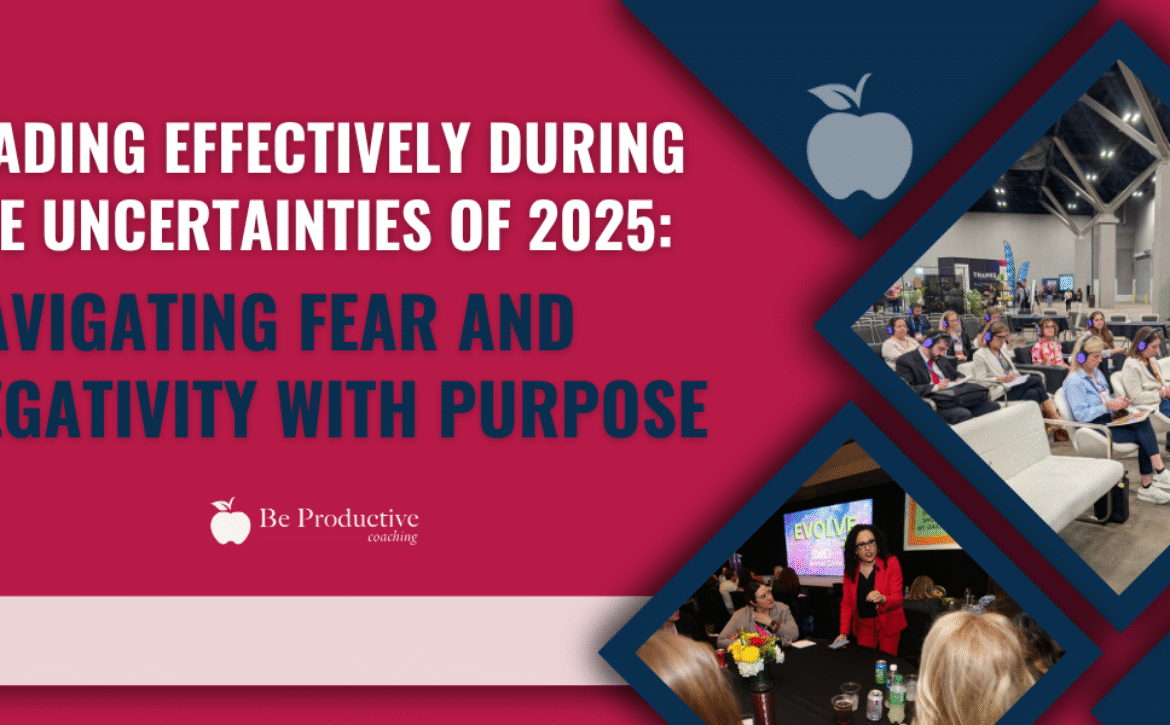The Executive Time Block: How High Performers Reclaim Focus in a Noisy World
The Executive Time Block: How High Performers Reclaim Focus in a Noisy World
In high-stakes leadership, your calendar isn’t just a productivity tool—it’s a strategic filter. Every meeting you take, every task you prioritize, every minute you allow to pass without intention sends a message about your leadership style, your goals, and your values.
The truth is: You don’t rise in your career by doing more. You rise by doing what matters—consistently.
This is where executive-level time blocking comes in. For professionals navigating promotions, leading teams, or preparing for their next move, mastering your calendar is not optional—it’s foundational.
—
What Is Time Blocking—Really?
Most people hear “time blocking” and think of color-coded calendars or Pomodoro timers. But for leaders, it’s much deeper.
Time blocking is a proactive decision-making system that helps you:
Focus on high-impact activities that move your career forward
Reduce cognitive overload and multitasking
Increase energy by aligning your calendar with your purpose
Build leadership presence through intentional structure
Rather than reacting to tasks or meetings as they come, you assign specific time slots for the most essential work—before the noise takes over. It’s about building boundaries that protect your energy and align your daily actions with your long-term goals.
—
My Time Blocking Story
My younger sister is a middle school teacher, and every time I open my calendar in front of her, she cringes and says it gives her anxiety. What she doesn’t know is that time blocking is the secret to my success—and not everything on my calendar is work or boring.
Years ago, I learned the value of keeping one master calendar that integrates my entire life—personally and professionally. That means scheduling time not just for meetings or deliverables, but also for wellness, reflection, creativity, and rest. Sometimes, I’ll even create a simple “Time Block” as a flexible buffer for anything that may come up or to carve out space for strategy, reflection, or even listening to a podcast.
If something needs more intention, it gets a name and a timeframe. The most important part? Honoring those blocks. Keeping boundaries with myself is what ensures I don’t ignore what matters—even when no one else is watching.
—
The Hidden Cost of an Overcrowded Calendar
Let’s be honest—most high performers live in reactive mode. We say yes to too many things, fill our calendars with back-to-back meetings, and convince ourselves that we’re being productive because we’re always busy.
Here’s the problem:
Focus suffers. Constant context-switching decreases decision quality.
Energy drains. Without recovery time, burnout is inevitable.
Strategic work gets delayed. Urgent often wins over important.
You stop leading—you start managing. Your time becomes dictated by others’ agendas.
If you don’t intentionally design your time, your calendar becomes a reflection of other people’s priorities—not yours.
The Executive Time Block Framework
This framework is based on patterns I’ve seen across hundreds of high-achieving professionals I’ve coached—from directors to C-suite. It’s built for clarity, leadership effectiveness, and mental resilience.
1. 🧠 The CEO Hour
Time Commitment: 1–2 hours per week
Purpose: Strategic thinking, vision setting, and alignment
This is your private leadership meeting—with yourself. Block this time at the start or end of your week to reflect, re-align, and forecast.
What to include:
- Weekly review: What worked, what didn’t, and why?
- Priority planning: Identify 1–3 goals that truly move the needle.
- Decision-making prep: What key choices do you need to make?
- Leadership alignment: Are your actions aligning with your executive presence and goals?
🔹 Why it matters:
Many leaders drift because they stop checking in with themselves. The CEO Hour keeps you rooted in strategy, not just execution.
✅ Bonus Tip: Treat this like a non-negotiable meeting. No reschedules. No multitasking.
2. 🚀 Growth Blocks
Time Commitment: 1–3 hours per week
Purpose: Career development, visibility, and brand positioning
If you’re not growing, you’re plateauing. These time blocks are for the kind of work that builds your future—even if no one’s demanding it right now.
Examples:
- LinkedIn content creation to build thought leadership
- Skill building: certifications, leadership programs, coaching
- Strategic networking: meaningful conversations with peers, mentors, sponsors
- Interview prep or negotiation research
- Reviewing personal brand assets (bio, resume, online presence)
🔹 Why it matters:
Growth is often the first thing leaders cut when they’re busy—and the one thing they most need for sustainable success.
✅ Bonus Tip: Block these during your mental high-performance windows (e.g., morning focus time).
3. 🎯 Focus Blocks
Time Commitment: 60–90 minutes, 2–4x/week
Purpose: Deep work that requires attention, clarity, and decision power
These blocks are for projects that require you—not your distracted self. Whether it’s strategic planning, preparing a team presentation, or developing a new business idea, this is when your brain is sharpest.
How to structure:
- Block 90-minute chunks with zero interruptions
- Shut down notifications
- Clarify one clear outcome for each session
- Debrief with a short journal note or voice memo: What did you complete?
🔹 Why it matters:
Research shows that multitasking lowers productivity by up to 40%. These blocks reduce decision fatigue and help you enter a state of flow.
✅ Bonus Tip: Use this time for what only you can do. Delegate the rest.
4. 💆🏽♀️ Resilience Blocks
Time Commitment: 15–30 minutes daily
Purpose: Mental clarity, emotional regulation, and energy management
Resilience isn’t built during time off—it’s built in the micro-moments we give ourselves throughout the day.
Examples:
- Morning mindset rituals (prayer, journaling, breathwork)
- Non-screen lunch breaks
- Walks after intense meetings
- Afternoon resets or micro-naps
🔹 Why it matters:
Your ability to lead under pressure is directly linked to your ability to self-regulate. Time blocking space to restore your energy is not a luxury—it’s a leadership investment.
✅ Bonus Tip: Color-code these on your calendar so they stand out and you honor them.
🔄 Ready to Implement? Try This:
✅ 15-Minute Calendar Audit
Look at your next 5 business days and ask:
- Do I see at least one CEO Hour?
- Have I scheduled any time for growth, focus, or resilience?
- Are my top 3 leadership priorities reflected anywhere?
Then schedule:
🔹 1 CEO Hour
🔹 1 Growth Block
🔹 2 Focus Blocks
🔹 1 Resilience Block
Just start there. You’re not aiming for perfection—only progress.
Structure is Strength
The most successful leaders don’t do more. They do what matters most—with discipline.
Time blocking is not just a scheduling tool. It’s a leadership decision system that helps you:
- Advance your career intentionally
- Protect your energy from burnout
- Create space to lead, not just react
- Build momentum—even during transitions or setbacks
When you master your calendar, you reclaim your clarity—and your confidence.
Let’s Build Your Time Blocking System
If you’re ready to align your time with your goals, visibility, and leadership growth, let’s do it together.
👉 Book a 1:1 Executive Strategy Session with me and I’ll help you create a personalized time-blocking system that fits your leadership role, goals, and mental energy.











